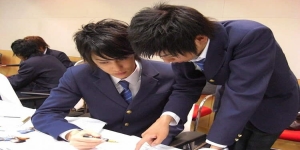On the UNESCO list of Intangible Heritage Namahageナマハゲ
 Among the most famous Japanese rituals, the Namahage ナ マ ハ ゲ, has entered the list of intangible assets UNESCO, we discover the differences that are found according to the original prefectures.
Among the most famous Japanese rituals, the Namahage ナ マ ハ ゲ, has entered the list of intangible assets UNESCO, we discover the differences that are found according to the original prefectures.
For the second time, Japan tries to bring these particular rituals of tradition into the UNESCO list of intangible heritage after an initial rejection in 2011.
In 2009, the traditional Toshidon event held on Shimokoshikijima Island in Kagoshima Prefecture was already on the list, and because of this Oga's request to be able to add its Namahage festival was rejected becouse as similar in the performance and in the "philosophy" to that already inserted by Toshidon.
We know the tenacity of the Japanese, they didn't give up and in 2014 a committee was created that gathered 8 prefectures including Oga (Iwate, Miyagi, Yamagata, Ishikawa, Saga, Kagoshima and Okinawa) to carry out the demand together unitary and see also these local traditions included in the List and finaly they did.

What are the Namahage ナ マ ハ ゲ? It is an ancient tradition that has been held in Japan for many centuries, although unfortunately lately it is waning (even for this reason it is right to protect it).
In Oga, for example, people in the neighborhood wear straw hoods and fierce-looking masks that look like demons due to Oni and visit the neighborhood homes on New Year's Eve. They go in very loudly and look for the children and their families asking if they are disobedient or lazy. Often they have "weapons" with them as wooden or cardboard knives, and with their loud and shrill voices and screams frighten children.
Some might find this unacceptable, often we see children terrified and crying in the arms of mothers, but it is a tradition that has been handed down for centuries, and the aim is to "educate" the child, who knows that if he/she does the bad or if it is lazy, the Namahage will come and get it.
Although those of the prefecture of Akita are the most known many other prefectures have similar traditions, the purpose is the same, varies slightly, but the way and especially the costumes and masks vary depending on the prefecture.
Below an example of the Namahage connected to the prefectures that have proposed the proposals to be included in the UNESCO list:
 Oga no Namahage Akita Prefecture
Oga no Namahage Akita Prefecture
 Akusekijima no boze, Kagoshima Prefect.
Akusekijima no boze, Kagoshima Prefect.
 Mishima no Kasedori Saga Prefecture
Mishima no Kasedori Saga Prefecture Miyakojima no Paantou Okinawa Prefecture
Miyakojima no Paantou Okinawa Prefecture
 Noto no Amamehagi Ishikawa Prefecture
Noto no Amamehagi Ishikawa Prefecture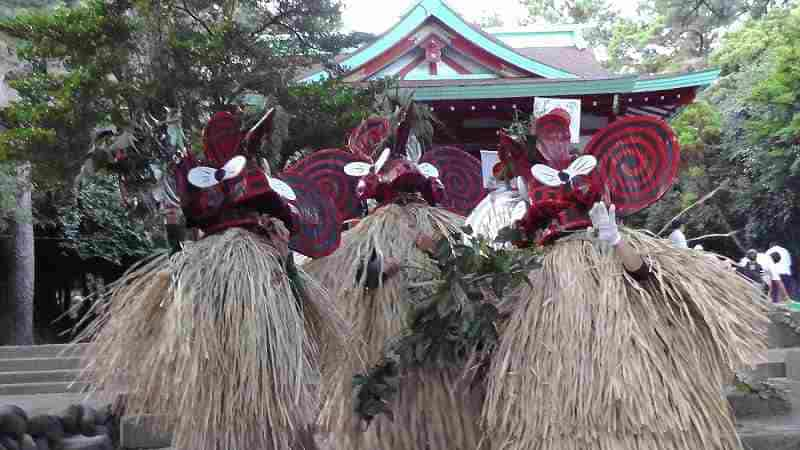 Satsuma Iōjima no Mendon Kagoshima Pref.
Satsuma Iōjima no Mendon Kagoshima Pref.
 Toshidon Koshikijima Islands Kagoshima
Toshidon Koshikijima Islands Kagoshima
 Yonekawa no Mizukaburi Miyagi Prefecture
Yonekawa no Mizukaburi Miyagi Prefecture
 Yoshihama no Suneka Iwate Prefecture
Yoshihama no Suneka Iwate Prefecture
 Yuza no koshōgatsu gyōji Yamagata
Yuza no koshōgatsu gyōji Yamagata

 English (United Kingdom)
English (United Kingdom)  Italiano (it-IT)
Italiano (it-IT) 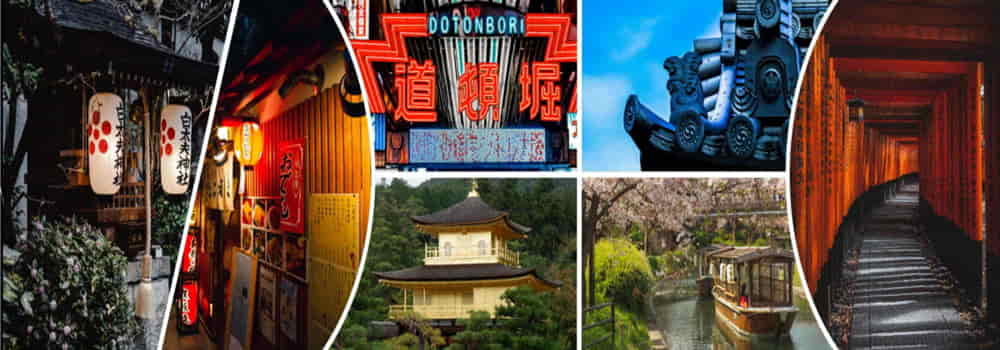
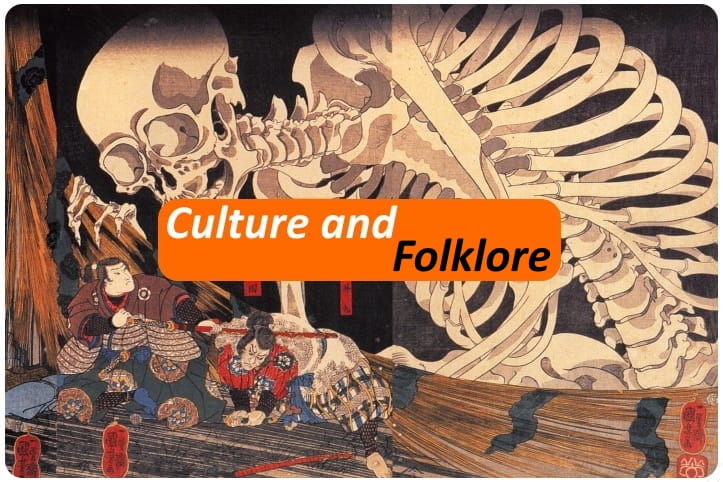
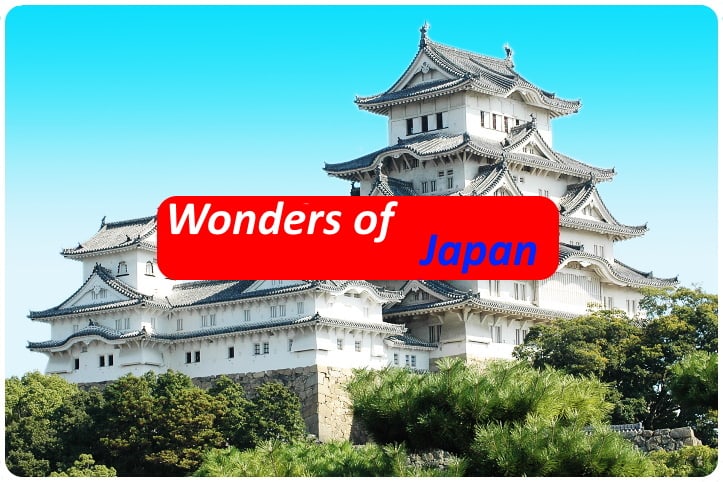




![[Review] Princess Toyotomiプリンセス トヨトミ](https://www.fukainihon.org//cache/mod_jt_contentslider/fdfb524f85518b9476158c79c8ea022f_328.jpg)


